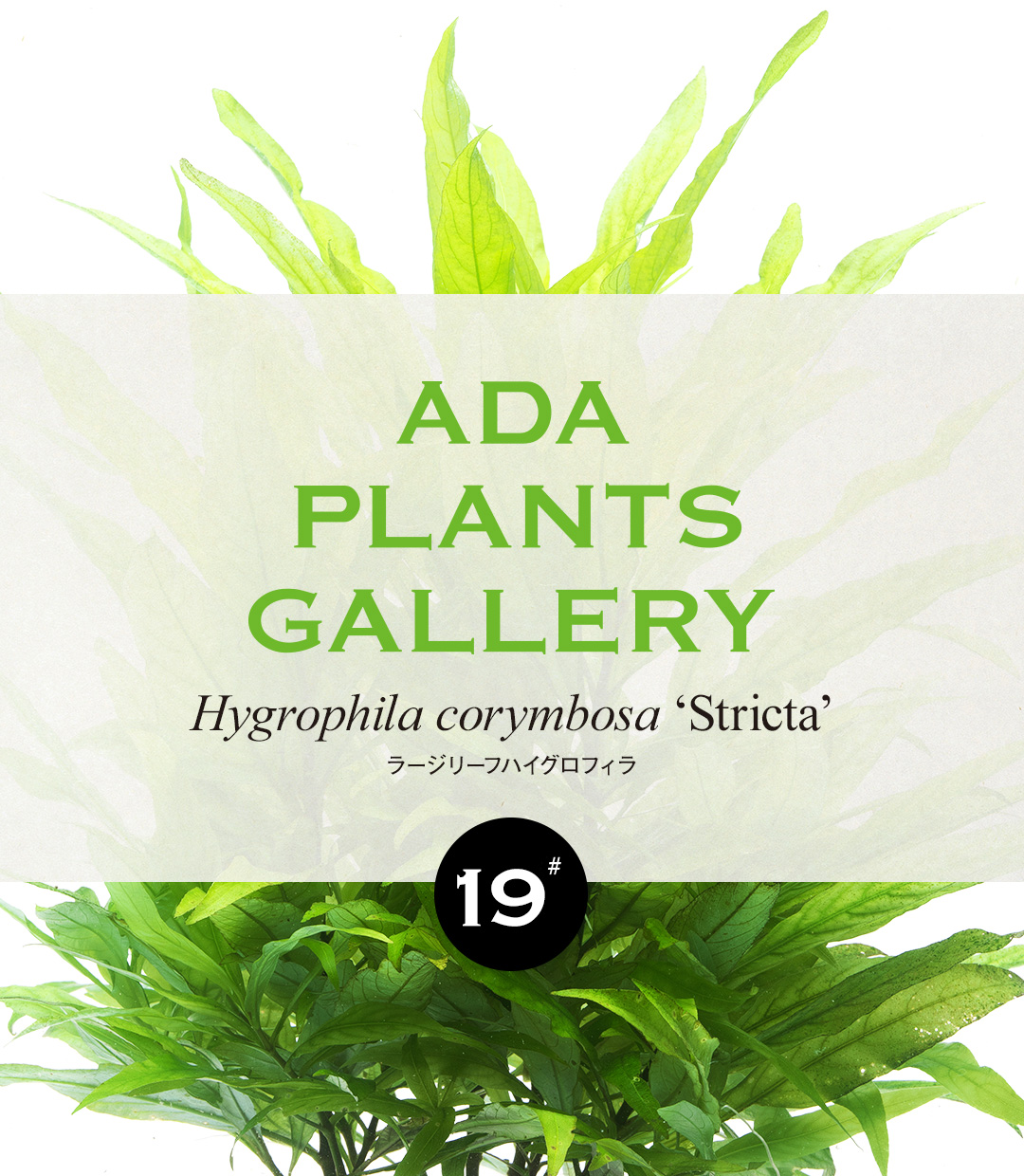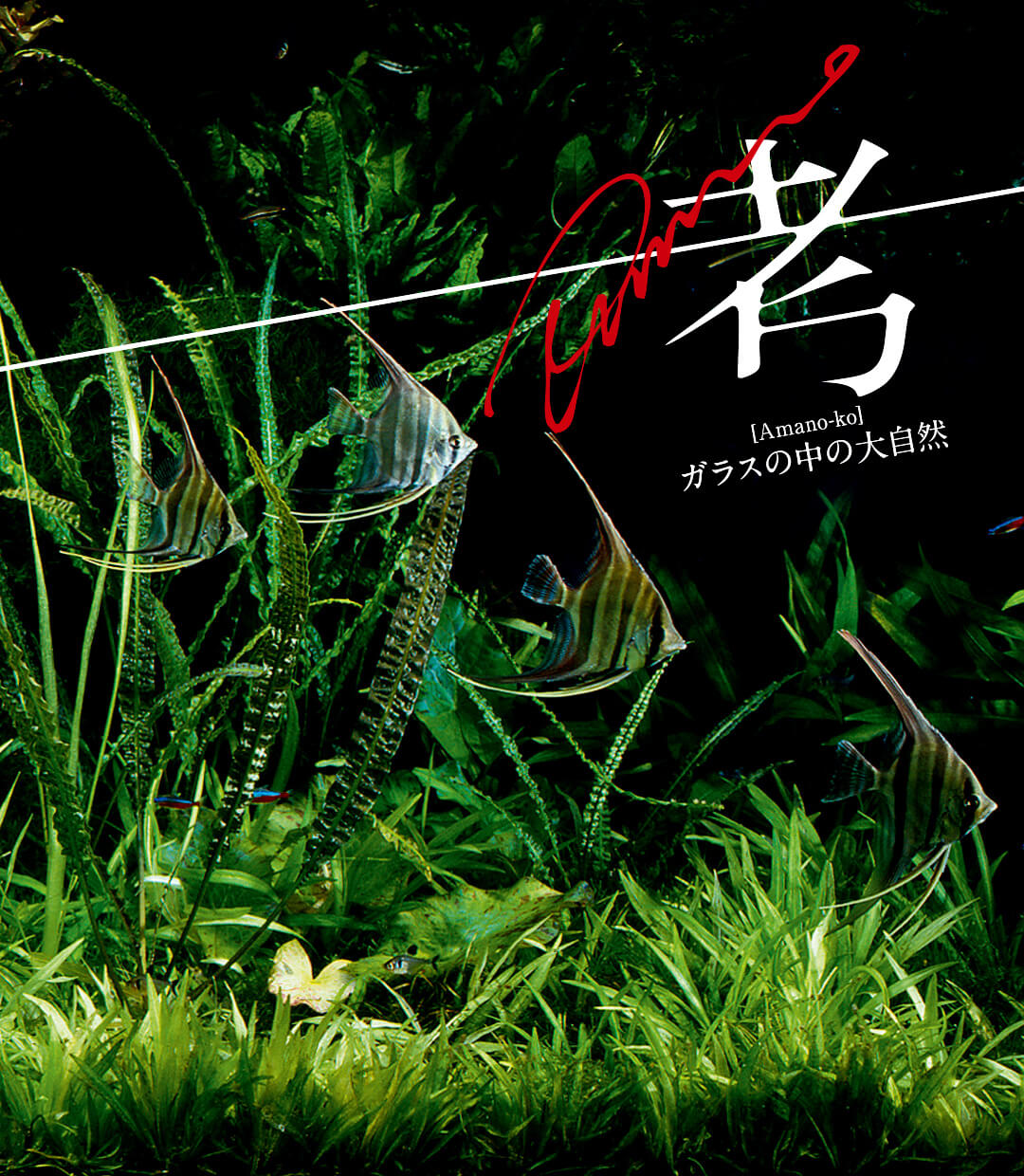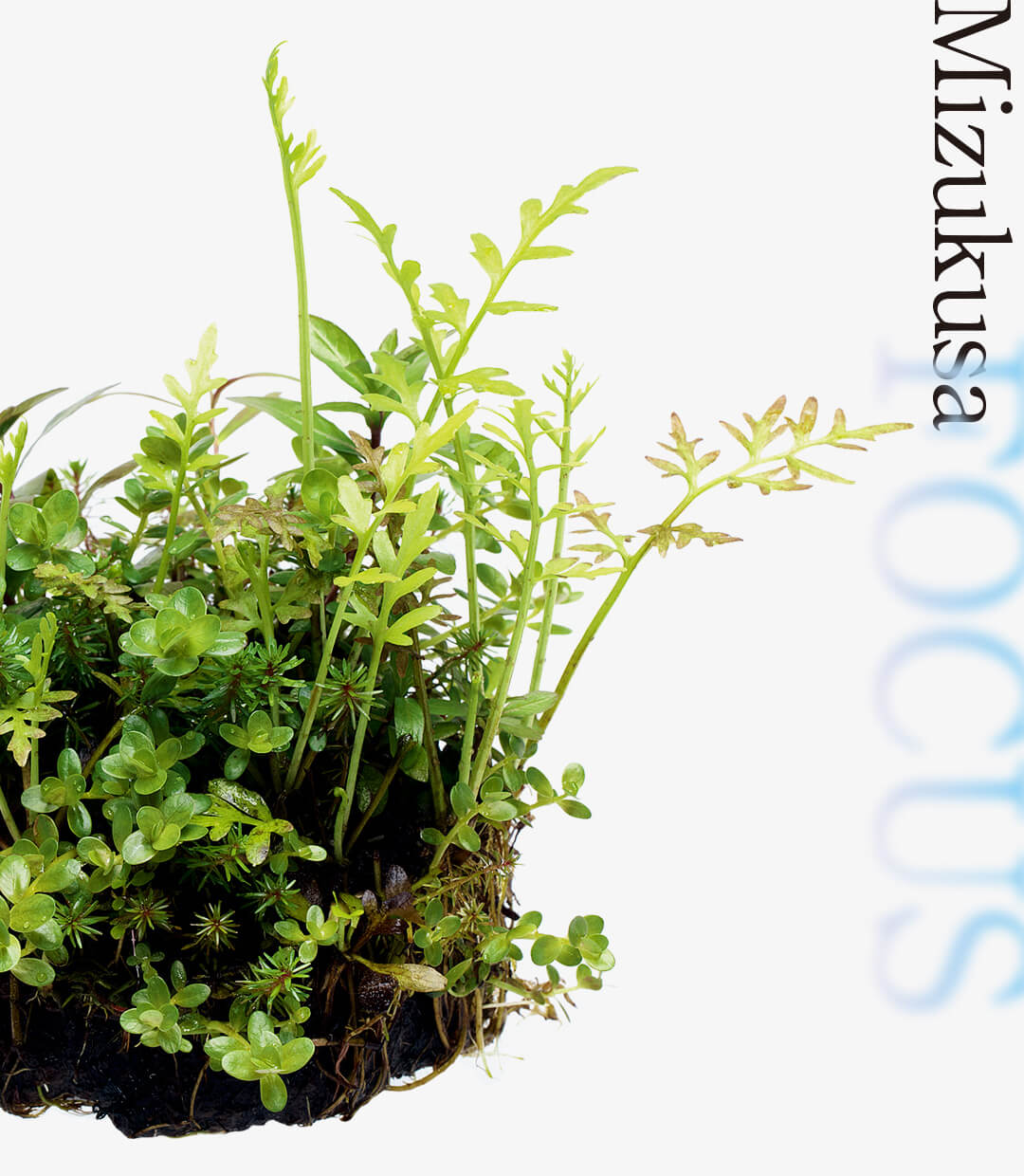GREEN information #1 ‘Tropical aquatic plants can overwinter’
In Japan, some of the perennials and cold-tolerant aquatic plants may overwinter even though they are tropical in nature. Overwintering perennials and cold-tolerant plants can start to grow earlier than annual plants that germinate from seeds, and can upset the balance of survival competition.
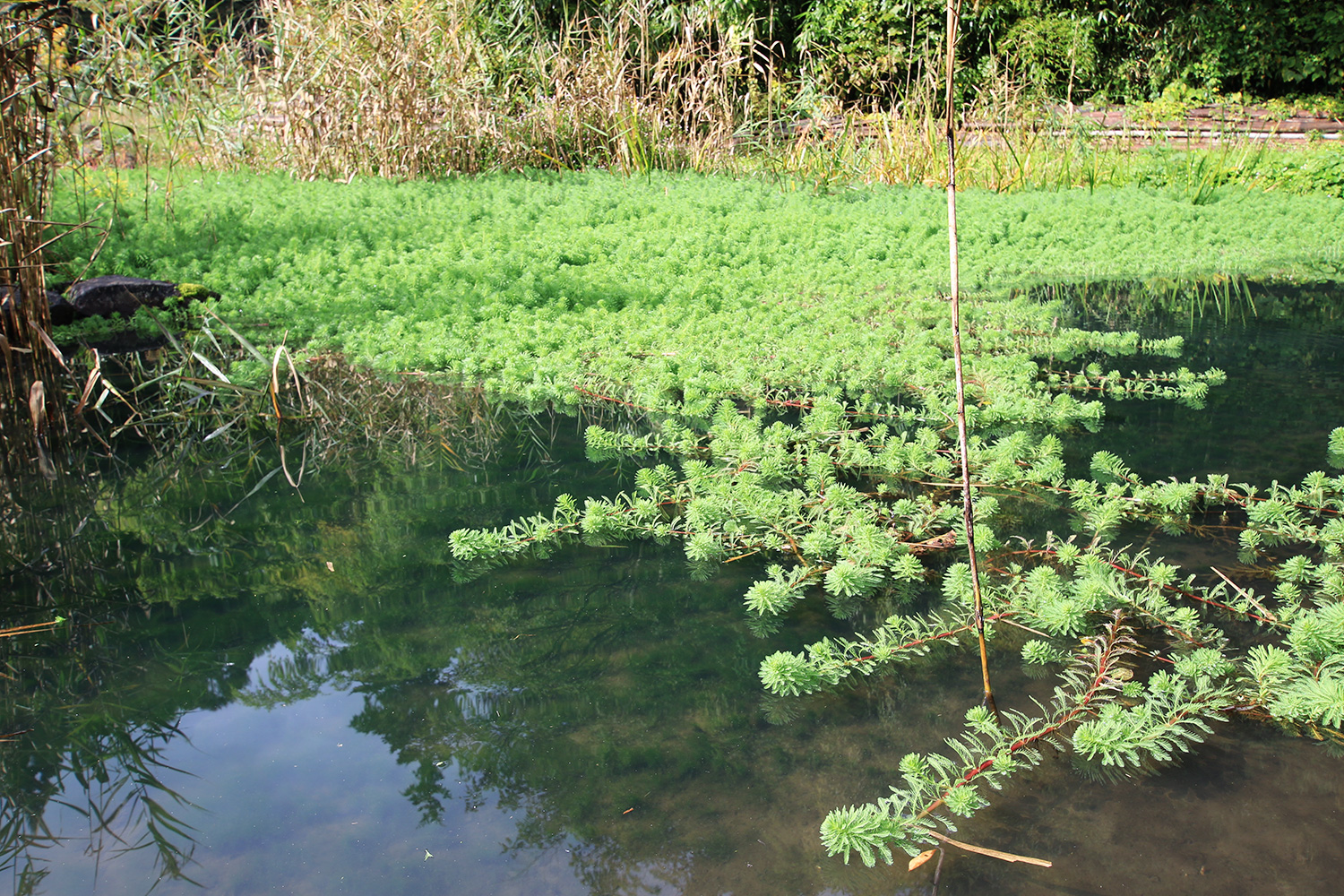
Favorable conditions for sprouting, including water, light and temperature, are created in the spring when melting snow raises the water level, and the water temperature starts to rise as the daylight hours become longer. The seeds of annuals that have overwintered begin to germinate in this period. The plants use the energy stored in the seeds for germination and rooting, and become capable of photosynthesis once the leaves develop. In addition, root systems enable them to absorb nutrients from the soil and to grow larger.
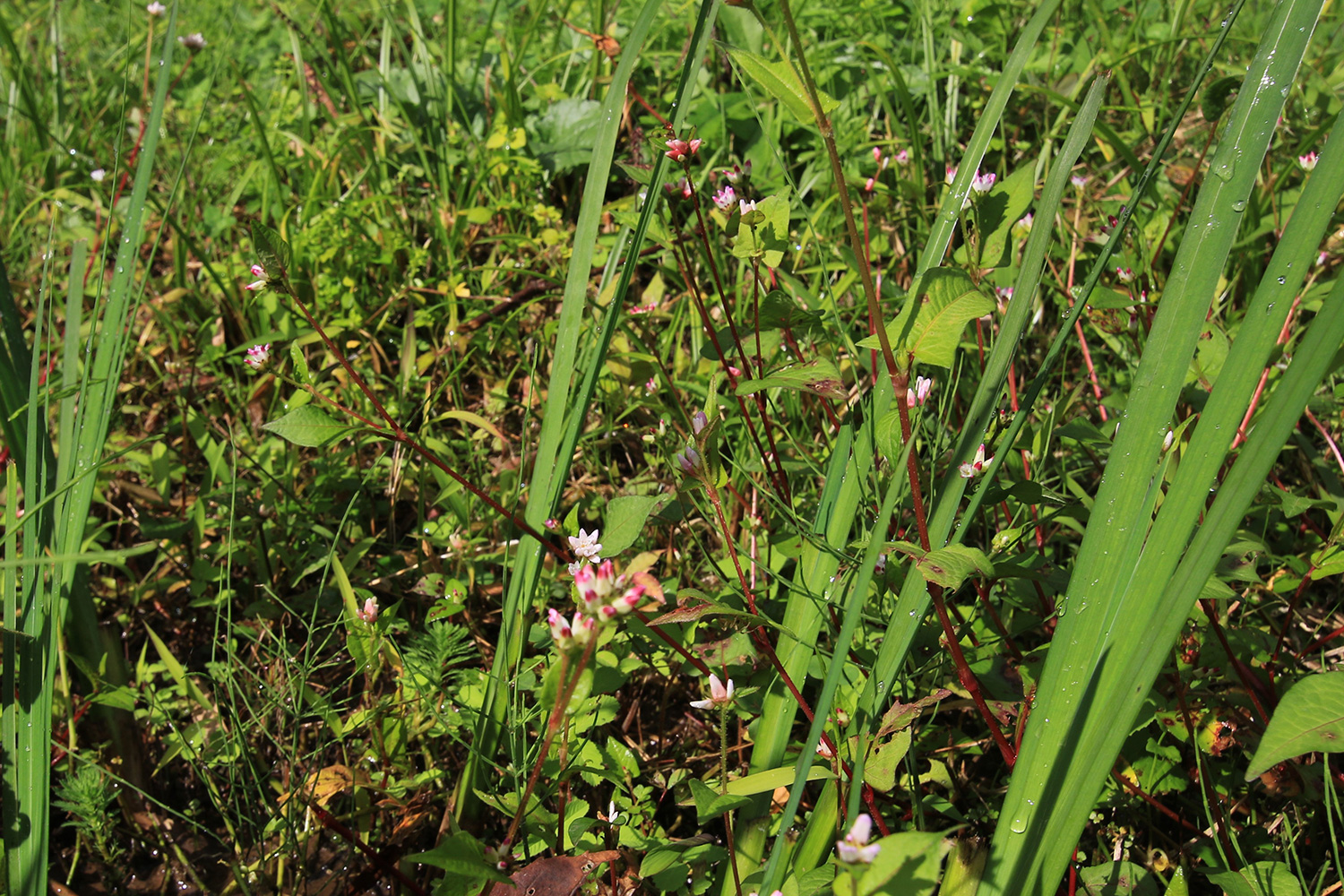
The location of this photo is where you can observe waterside plants, such as Phragmites australis (common reed), Zizania latifolia (Manchurian wild rice), Typha latifolia (common cattail), Oenanthe javanica (Water dropwort), and Polygonum thunbergii, as well as various familiar weeds like Equisetum arvense (horsetail) and Eleusine indica (goosegrass). You can see some perennials that survive the winter with rhizomes, and there are also annuals that bloom and leave seeds. What happens when your aquatic plants reach such an environment and settle?
Perennials and cold-tolerant plants settle and overwinter with their stems and roots, and the leaves begin to grow from these organs. They store energy and survive the winter in a form that is larger than seed, which puts them in a more advantageous position than annuals in the spring growth period. Covering water and ground surfaces, these head-started, cold-tolerant plants expand their habitats and deprive the seeds of light, essential for germination and growth. Thus, when competing against annuals, the established cold-tolerant plants can expand their range at an early stage.
Perennials and cold-tolerant plants settle and overwinter with their stems and roots, and the leaves begin to grow from these organs. They store energy and survive the winter in a form that is larger than seed, which puts them in a more advantageous position than annuals in the spring growth period. Covering water and ground surfaces, these head-started, cold-tolerant plants expand their habitats and deprive the seeds of light, essential for germination and growth. Thus, when competing against annuals, the established cold-tolerant plants can expand their range at an early stage.
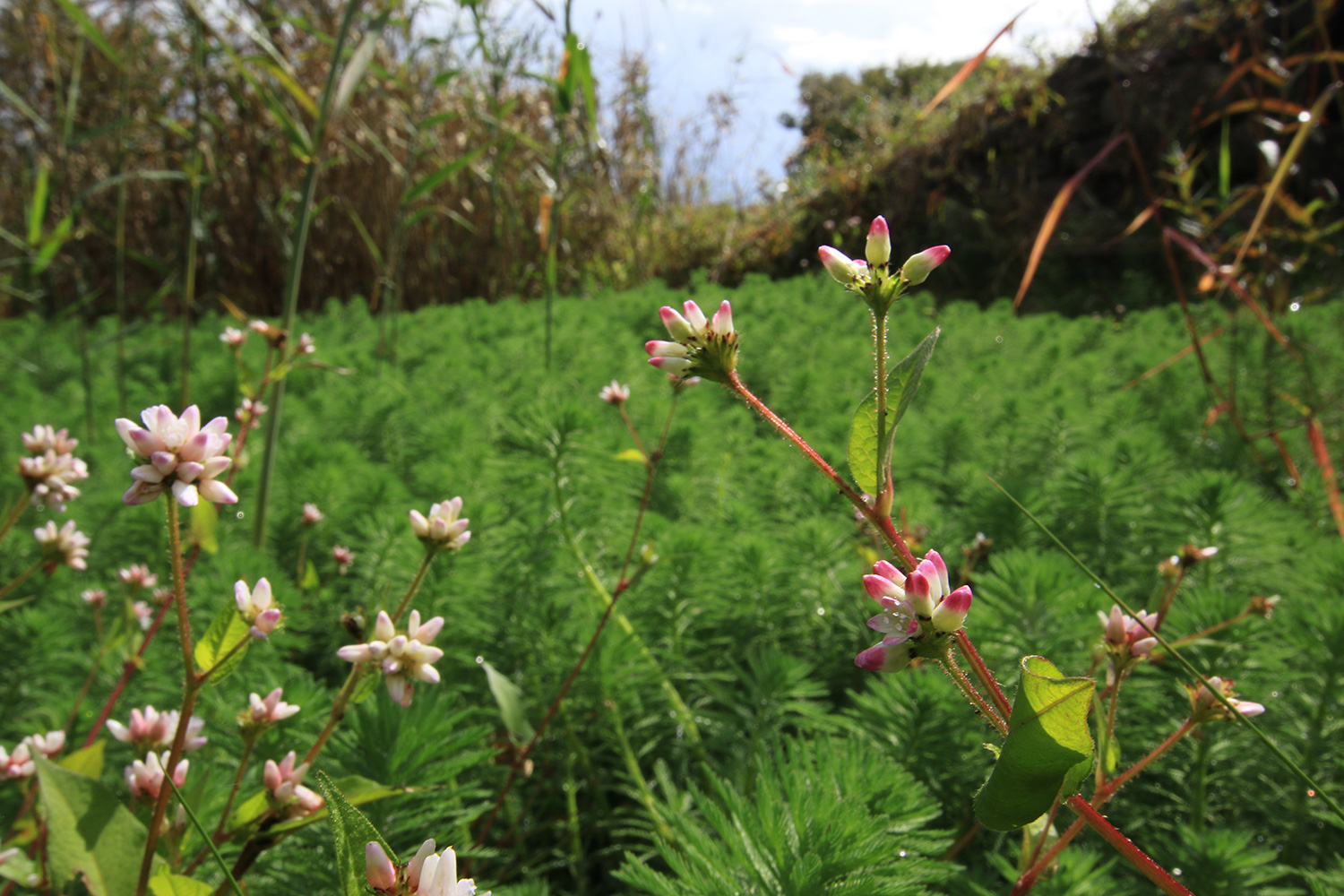
The established cold-tolerant plants continue to grow in strength during a period of flowering and fruiting development, from summer to fall. Annuals produce seeds to pass the winter, but the seeds overwinter at the roots of the cold-resistant plants. When covered with other plants, spring germination and growth of annual seeds are negatively impacted.
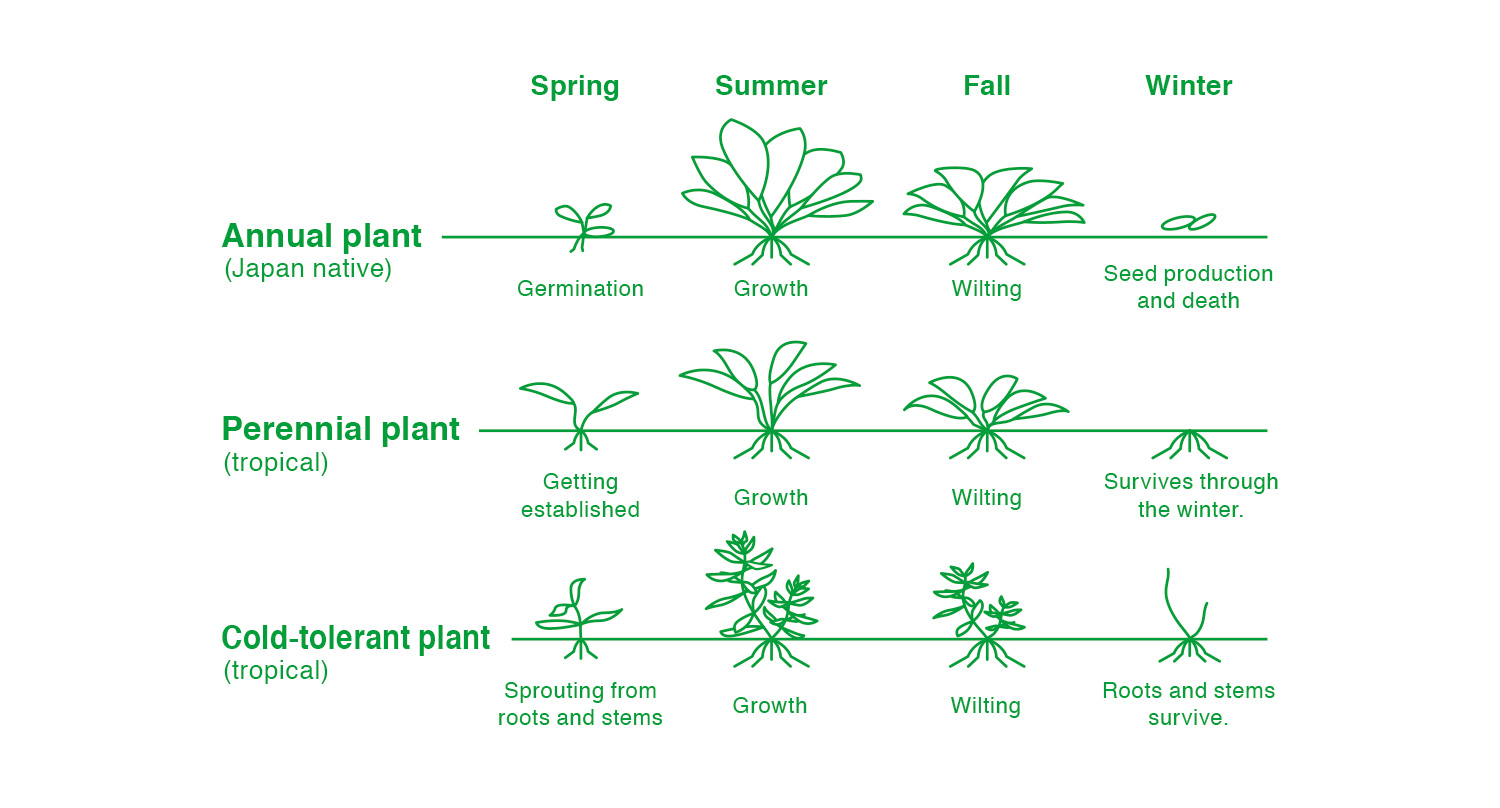
It’s often seen in Japan that a native annual plant disappears because such competition becomes more widespread in the second and third years, as time goes on. When this happens, the balance of competition changes and a cycle in nature can be disturbed.
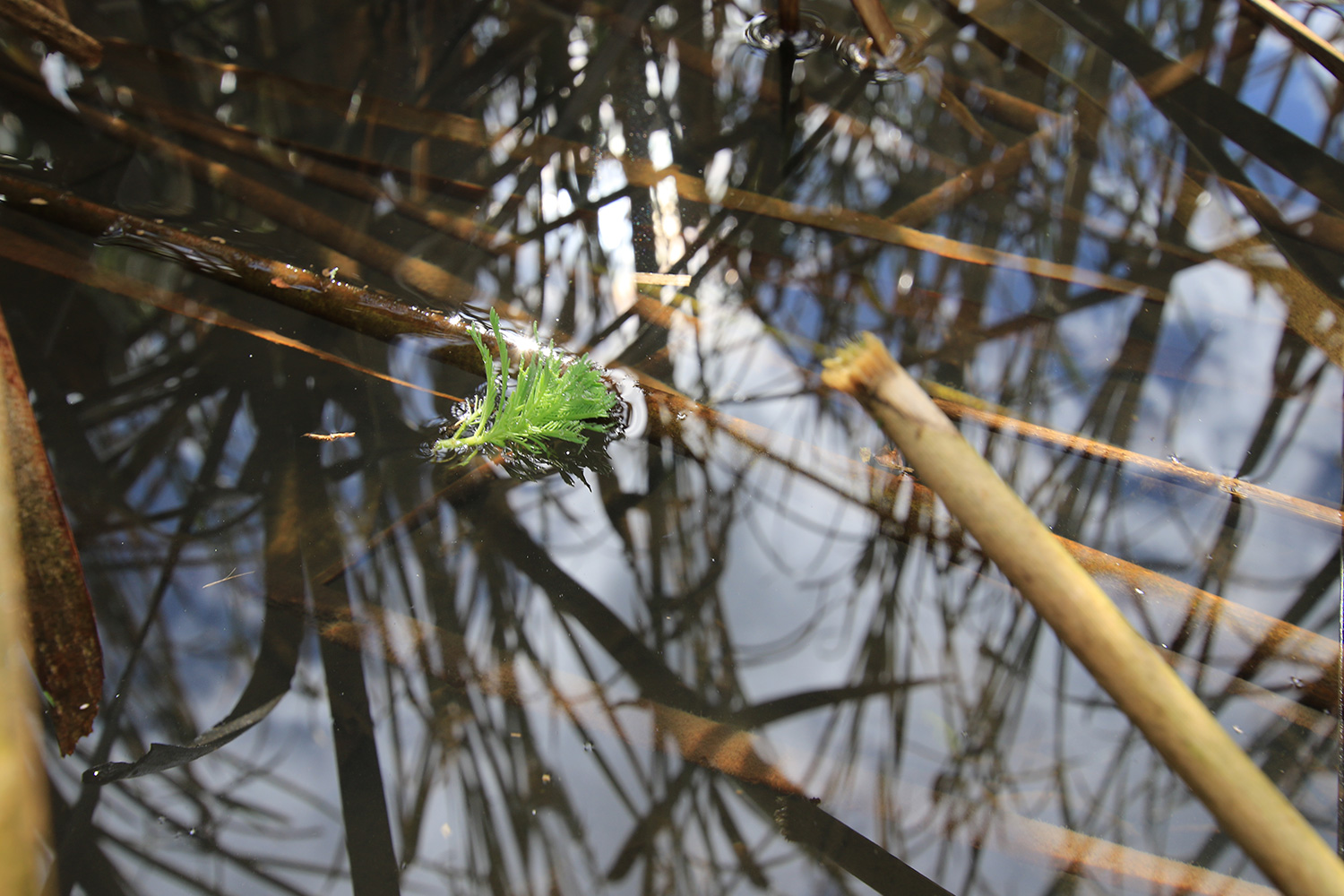
It is our mission to raise the awareness of people about plants and the environment with an aim to preserve beautiful scenery that has been created over many years. And keeping in mind the impacts of foreign plants on the environment, we continue our educational activities to keep them from reaching the natural environment while appreciating healing power and the joy that plants can bring to our lives.
In order to avoid changing the natural ecosystem significantly,
“Prevent non-native species from spreading into the environment. Always be aware of their environmental impacts.”
In order to avoid changing the natural ecosystem significantly,
“Prevent non-native species from spreading into the environment. Always be aware of their environmental impacts.”
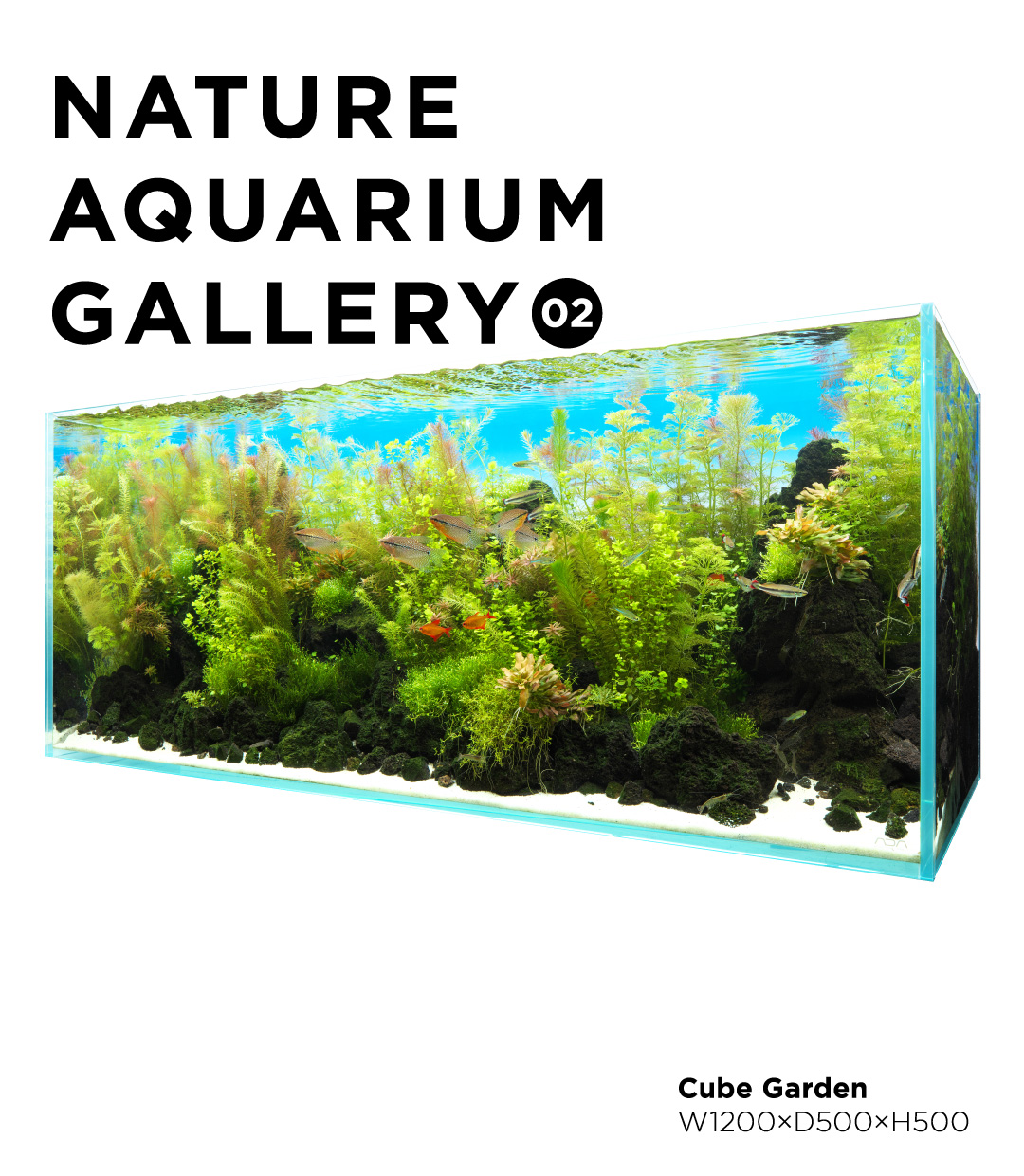


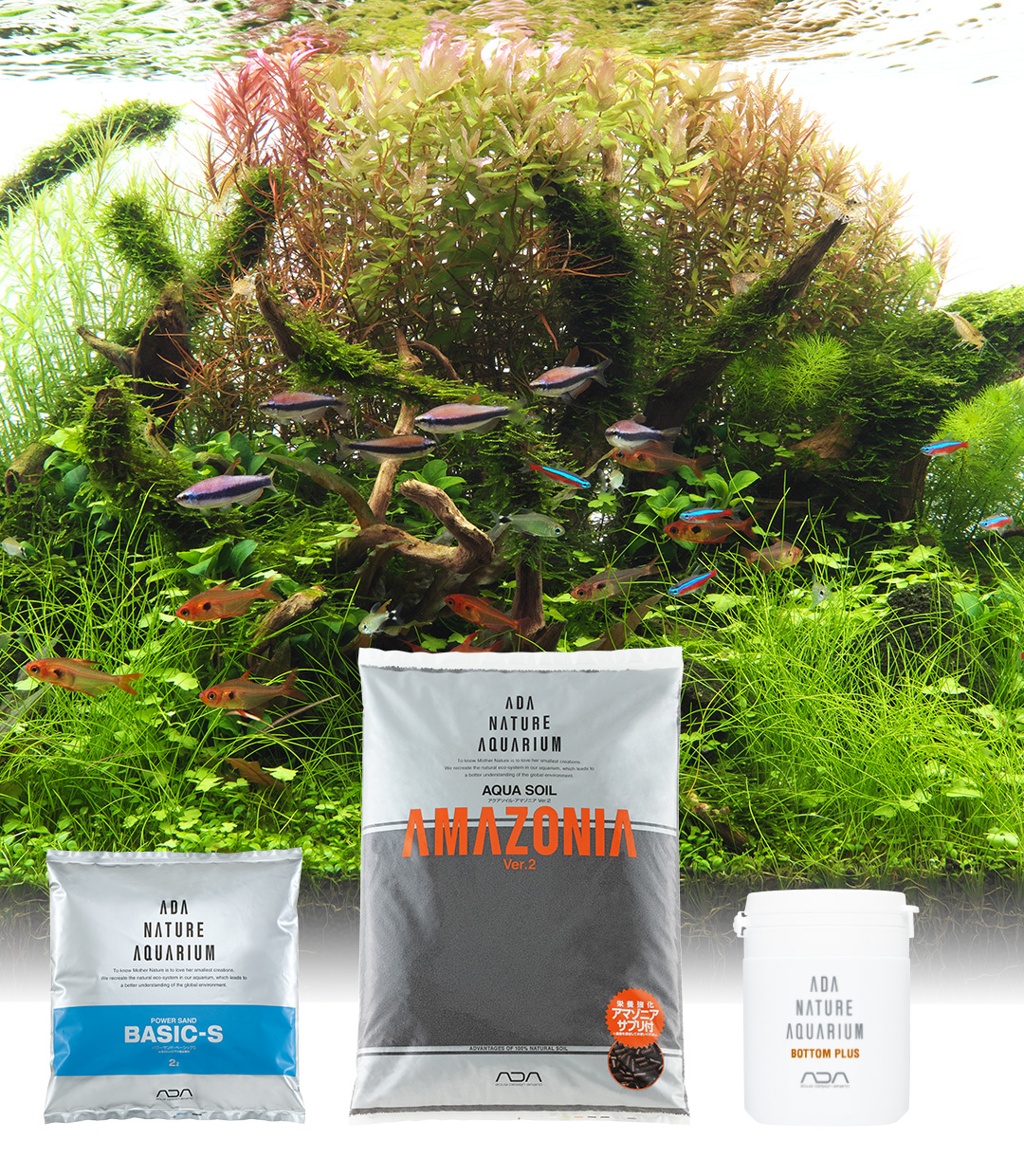















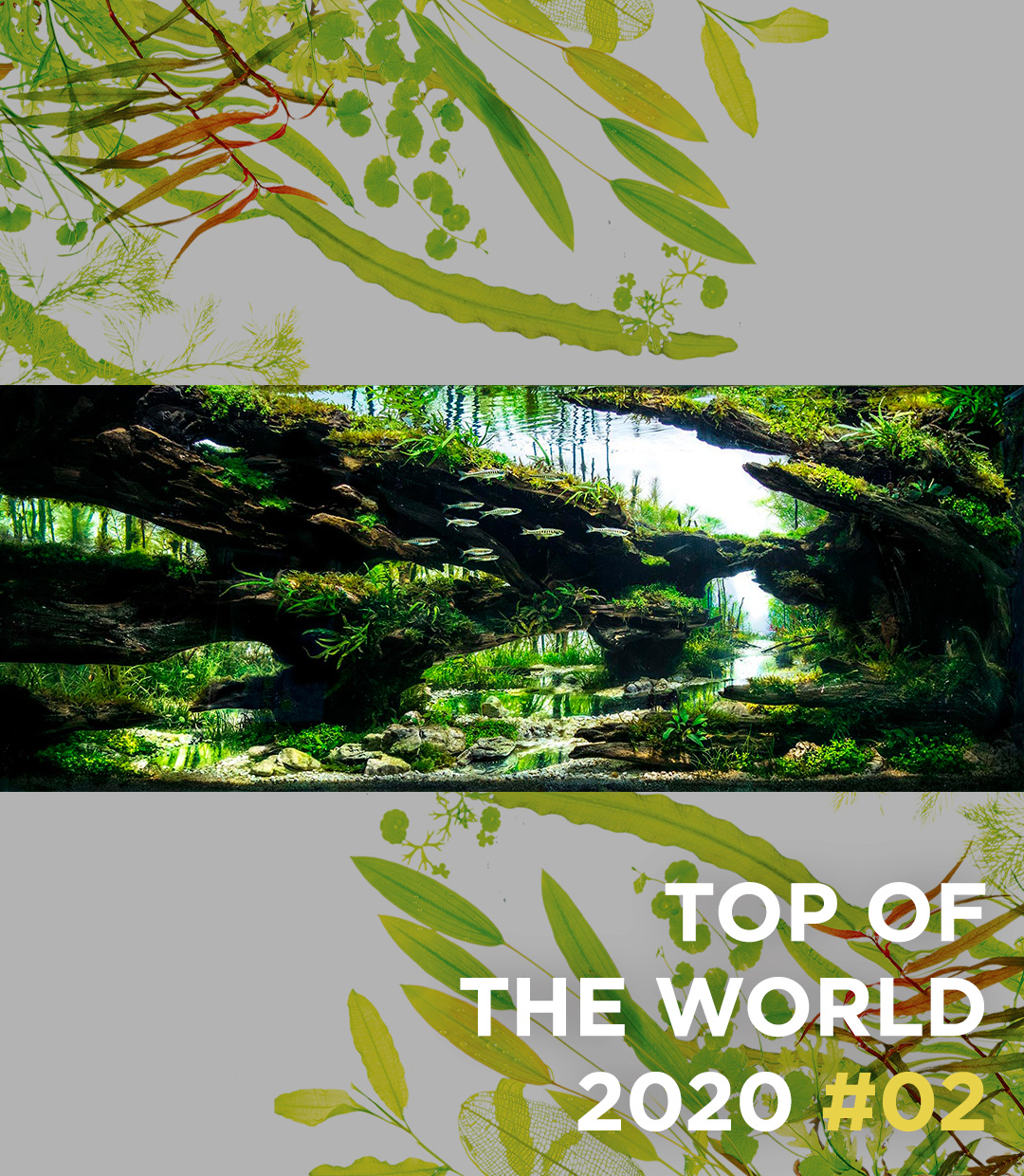







![[ STYLE OF EPIPHYTIC PLANTS ] Recommended Epiphytic Aquatic Plants](https://www.adana.co.jp/wp-content/uploads/sites/3/2024/05/ep_img_ogp.jpg)
